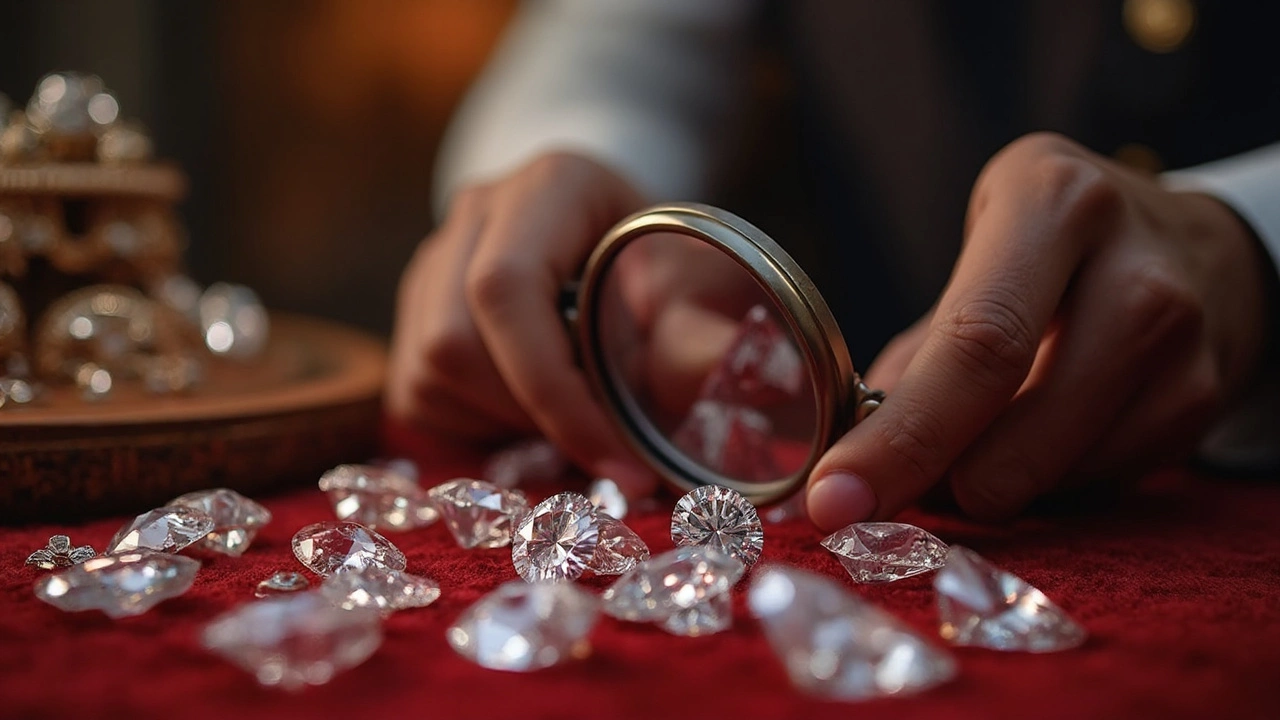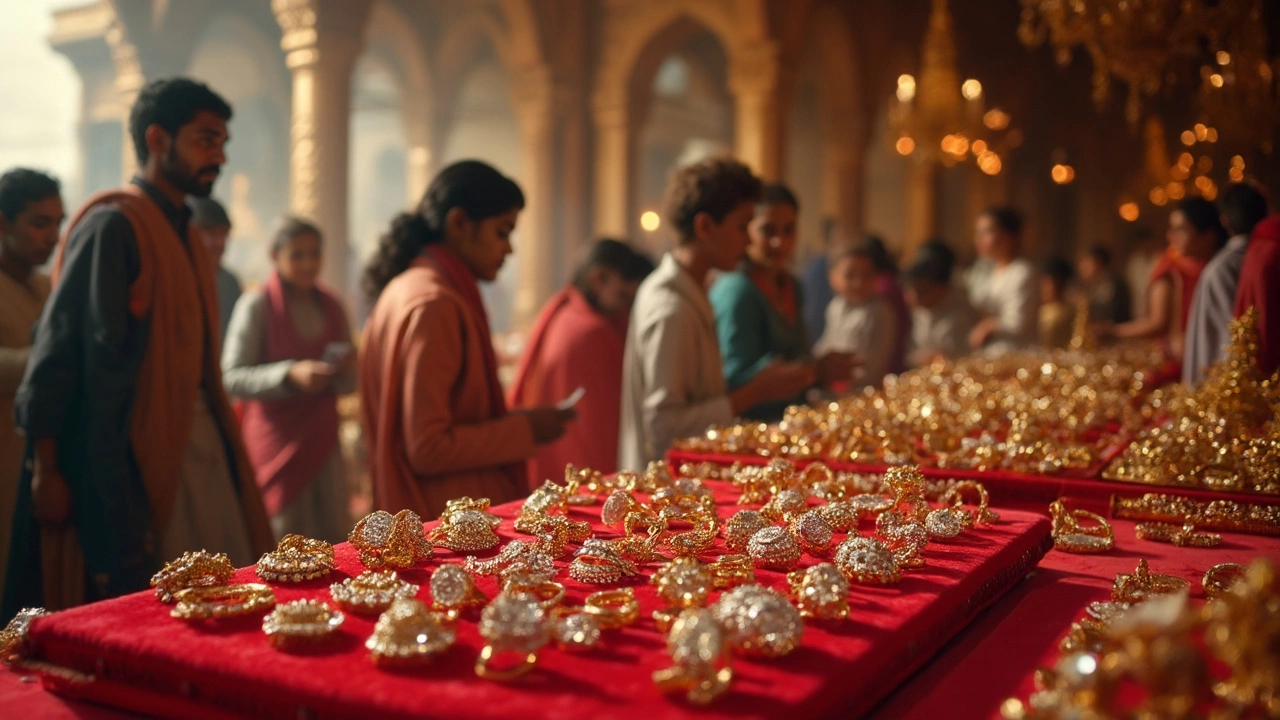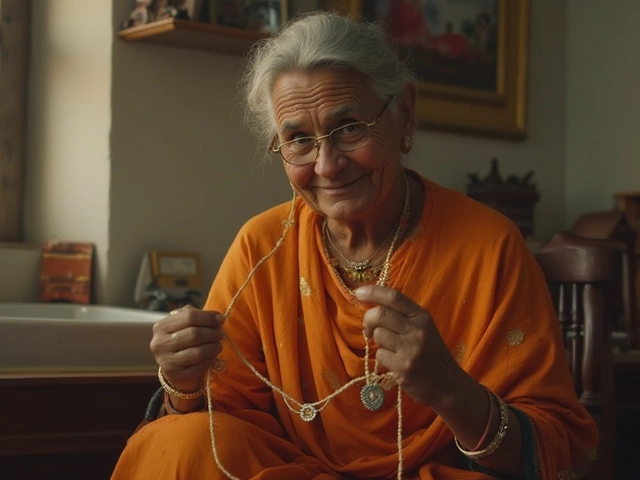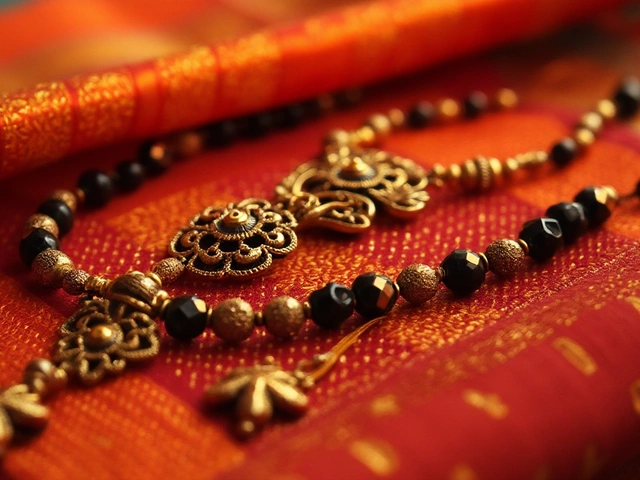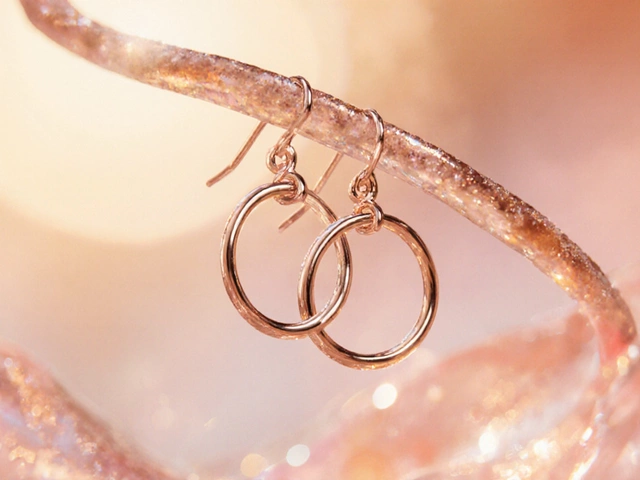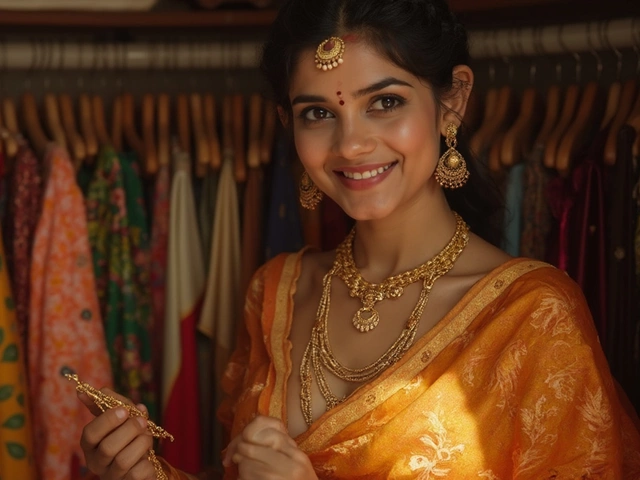Diamond Quality: Your Simple Guide to Choosing the Right Sparkle
When you eye a diamond, the first thing you want to know is whether it will keep its shine for years. The secret is in the details—cut, color, clarity, and carat weight, together called the 4Cs. Knowing how each factor works lets you pick a stone that looks great and holds its value.
Understanding the 4Cs
Cut is the most important for sparkle. A well‑cut diamond reflects light like a tiny mirror. Look for grades like Excellent or Very Good. A poor cut can make a stone look dull even if the other C’s are high.
Color is measured on a scale from D (colorless) to Z (light yellow). Most people choose D‑F for a true white look, but a G‑J stone can still look clean and costs less. Remember, the setting’s metal can hide a slight tint.
Clarity describes tiny internal flaws called inclusions. Grades range from Flawless (no visible inclusions) to I3 (many inclusions). In everyday wear, VS1‑VS2 or SI1 are usually invisible to the naked eye and give good value.
Carat weight is the stone’s size. Bigger isn’t always better if the other C’s suffer. A 1‑carat diamond with Good cut, near‑color, and VS clarity often outshines a 1.2‑carat with a poor cut.
Tips for Buying with Confidence
Always ask for a certification from a reputable lab—GIA, IGI, or HRD are the most trusted. The report lists every C and any treatments the diamond has undergone. Without a report, it’s hard to verify quality.
Check the laser‑etched serial number on the girdle. It matches the report and proves the stone isn’t swapped. In India, look for the BIS hallmark on the setting; it doesn’t cover the diamond but shows the metal is genuine.
Compare prices per carat for the same grade. If a dealer offers a “too‑good‑to‑be‑true” price, ask why. Low prices often mean a lower cut grade or hidden treatments like laser drilling.
Try the stone on in different lighting—natural daylight, fluorescent, and warm indoor light. A good diamond should sparkle in all conditions. If it looks hazy under any light, it likely has a lower cut or clarity.
Finally, trust your gut. If a seller can’t answer basic 4C questions, walk away. A reputable shop will gladly explain every detail and show the certification.
By focusing on the 4Cs, checking certifications, and testing the stone in real light, you’ll walk away with a diamond that looks stunning today and stays valuable tomorrow.
What Diamond Holds Its Value: A No-Nonsense Guide
Curious which diamonds actually hold their value? This article strips away the hype and gets straight to what matters. Learn what makes a diamond a smart buy, why some stones perform better over time, and what to look out for if you want your ring to keep its worth. Practical tips included for buyers in India, plus a few surprising facts that can change the way you shop. Essential reading for anyone serious about diamonds.
Which Country Diamond Is Best? Real Answers for Ring Shoppers
Wondering where the world’s best diamonds come from? This article breaks down the top diamond-producing countries and what makes their gems stand out. Get straight facts about diamond quality, Indian buyer preferences, and real buying tips. Discover how to spot good value and avoid common pitfalls. If you’re eyeing a diamond ring in India, you’ll know exactly what to look for.
